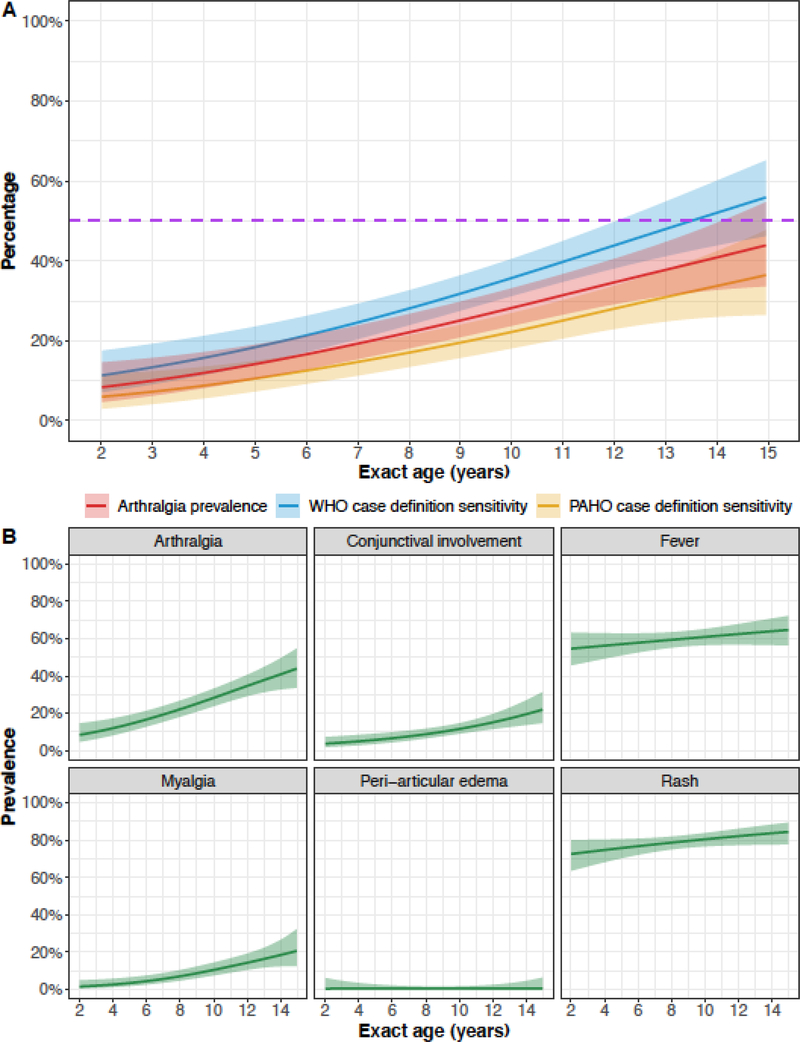Figure 3. Model predictions from logistic generalized additive models.
For all models, exact age is based on the date of birth and the date of the first medical consult for a Zika-associated illness. All models were run with the sample of Zika cases (n=556). (A) The predicted sensitivity of the WHO case definition and the PAHO case definition across pediatric age is shown, with pointwise 95% confidence bands. The dashed purple line indicates a sensitivity of 50%, the expected sensitivity if true Zika cases were randomly categorized as Zika-positive or Zika-negative. The predicted prevalence of arthralgia (from panel B) is also shown. The near parallelism exhibited by the three curves implies that the main determining factor for whether the case definitions classify a true case as Zika-positive is the presence of arthralgia. (B) The predicted prevalence for each clinical finding in the PAHO case definition across pediatric age is shown. Pointwise 95% confidence bands are provided. PAHO, Pan American Health Organization; WHO, World Health Organization.

